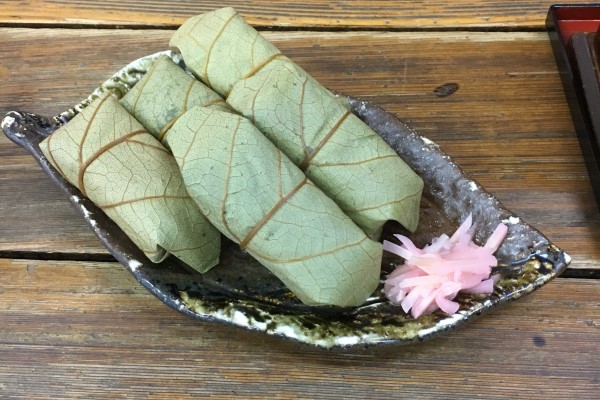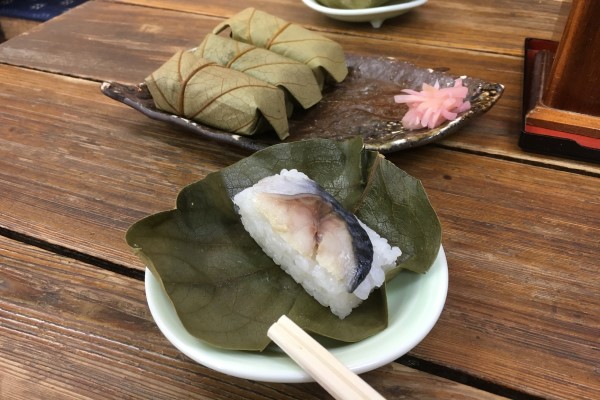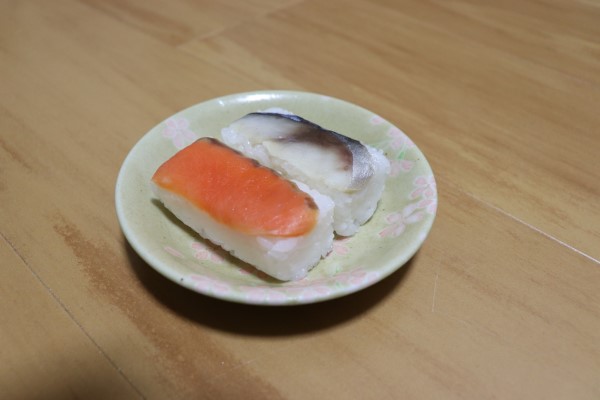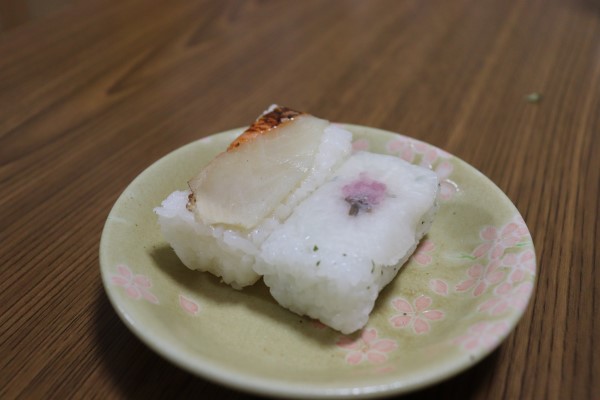Kakinoha-zushi: Nara’s Traditional Sushi
If you are on the hunt for the most famous food in Nara, then that is without a doubt kakinoha-zushi. Served throughout Nara Prefecture, kakinoha-zushi is a narezushi, a very old and traditional kind of sushi, characterized by the fermentation or pickling of the sushi. Narezushi is quite different from the sushi you might grab off a rolling conveyer belt, yet Japanese people, locals and visitors alike, often enjoy this somewhat unusual dish.
Kakinoha-zushi
If you sojourn though Nara City, it won’t take much hunting to find a couple kakinoha-zushi restaurants. There is even a decent selection and vendors near Nara Station. You can also find it in areas of north and central Nara prefecture, such as Yoshino, Gojo and Tenri. Occasionally, you can sometime find them in Wakayama as well.

Originally, people would let the sushi ferment for a month to preserve fish. This process would also give the sushi its square shape. After the invention of vinegar, people began to use that instead of allowing the fish to ferment. This means that today kakinoha-zushi neither has a strong smell nor taste super fishy taste. Now it is more like Osaka’s Oshizushi.
As its name suggest, kakinoha-zushi is wrapped in persimmons (kaki) leaves. If you are somewhat familiar with Japanese sweets, then at first glance you might think it looks like kashiwa mochi or sakura mochi. While the leaf wrapper of those snacks is meant to be eaten, but with kakinoha-zushi the leaves are solely for preservation. The persimmon leaves contains tannin, which works as natural preservative. Because it is wrapped in these leaves, kakinoha-zushi can last up to several days even without refrigeration*.

Variations
While there are many varieties of fish for kakinoha-zushi, but the most common is saba (mackerel). It may have a little bit strong fishy flavor, but it is not nearly as strong as funazushi in Shiga Prefecture. Even if you are not big fan of fish, you will probably still enjoy it. As is the case with many other kinds of traditional sushi in the Kansai region, do not dip the sushi in any soy sauce. The strong taste of the soy sauce may ruin the gentle flavor of fish!

Salmon (sake) and red snapper (tai) are also common versions of kakinoha-zushi. Since those are rather mild fish, you should try those if you are a bit nervous about trying this kind of sushi. The gentle flavor of fish complements the vinegary rice and is so wonderful.


Leave a Reply